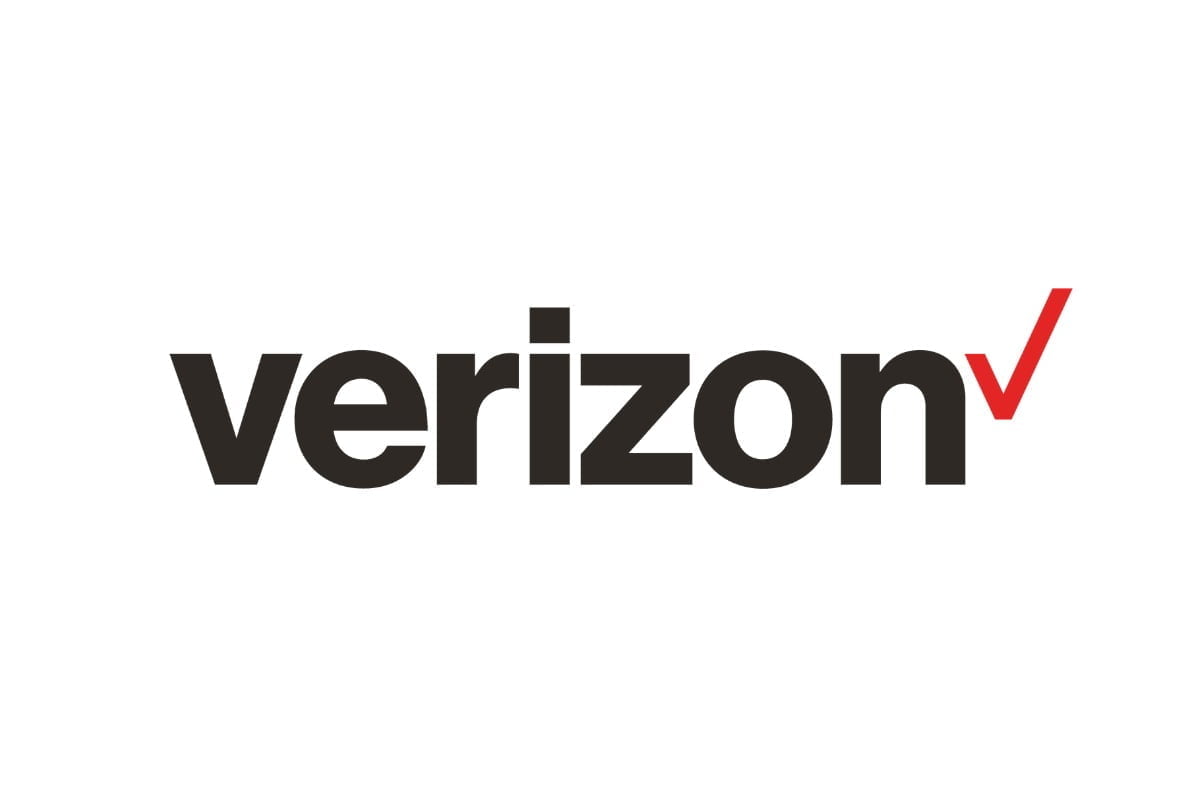With sales above expectations at $34.2 billion, up 4% from the third quarter of 2021, Verizon disclosed mixed third-quarter results. However, the company also added only 8,000 postpaid phone subscribers, far less than the 32,000 expected. To put that paltry customer increase into context, even more, AT&T revealed yesterday that it added 708,000 postpaid cellphone customers overall in the same time frame. Even worse, Verizon reported a net loss of 189,000 consumer phone users in the third quarter and an increase in user churn to 0.88% from 0.75%. CEO Hans Vestberg stated on the earnings report that the increasing churn rate is probably caused by recent pricing moves, despite having previously warned investors of this possible outcome.
Verizon Concentrated on Attracting and Keeping Loyal Customers of High Calibre
As per Vestberg, for postpaid, the company is concentrating on bringing in and keeping high-quality customers using a methodical and calculated strategy. While it is obvious that more work needs to be done, he continued that he is confident in the carrier’s premium approach. At the close of the third quarter, 81% of the company’s base had unlimited plans, and 50% of its consumers had 5G smartphones. Favourably, Verizon’s Q3 overall wireless service income grew by 10% year over year to $18.8 billion, and Q3 revenue from Verizon Business increased by 1.9% year over year to $7.8 billion. Several 5G fixed wireless access (FWA) and mobility infrastructure transactions, including ones reached with Fujifilm and Astellas Pharma, as well as several others with the U.S. Department of Defense, are to be thanked for Verizon Business revenue increase this past quarter, as per Vestberg. In Q3, Verizon increased the number of broadband connections by 377,000, up from 109,000 in Q2. 342,000 fixed wireless net additions are included in this figure, up from 86,000 in the preceding quarter. Also, Verizon fixed wireless covers more than 40 million homes, and 5G Ultra Wideband covers more than 30 million homes. Vestberg also gave an update on Verizon’s C-band deployment, which, according to a recent Opensignal report, has significantly improved the carrier’s 5G download rates. According to the data, Verizon customers saw an average 15.8% boost in 5G download speed, while the percentage of C-band measurements increased from 16.2% to over 50%. Verizon stated that it will adopt a cost-savings plan to eliminate between $2 billion and $3 billion in yearly expenses by 2025 and that it continues to anticipate wireless service revenue growth between 8.5% and 9.5% for 2022.
